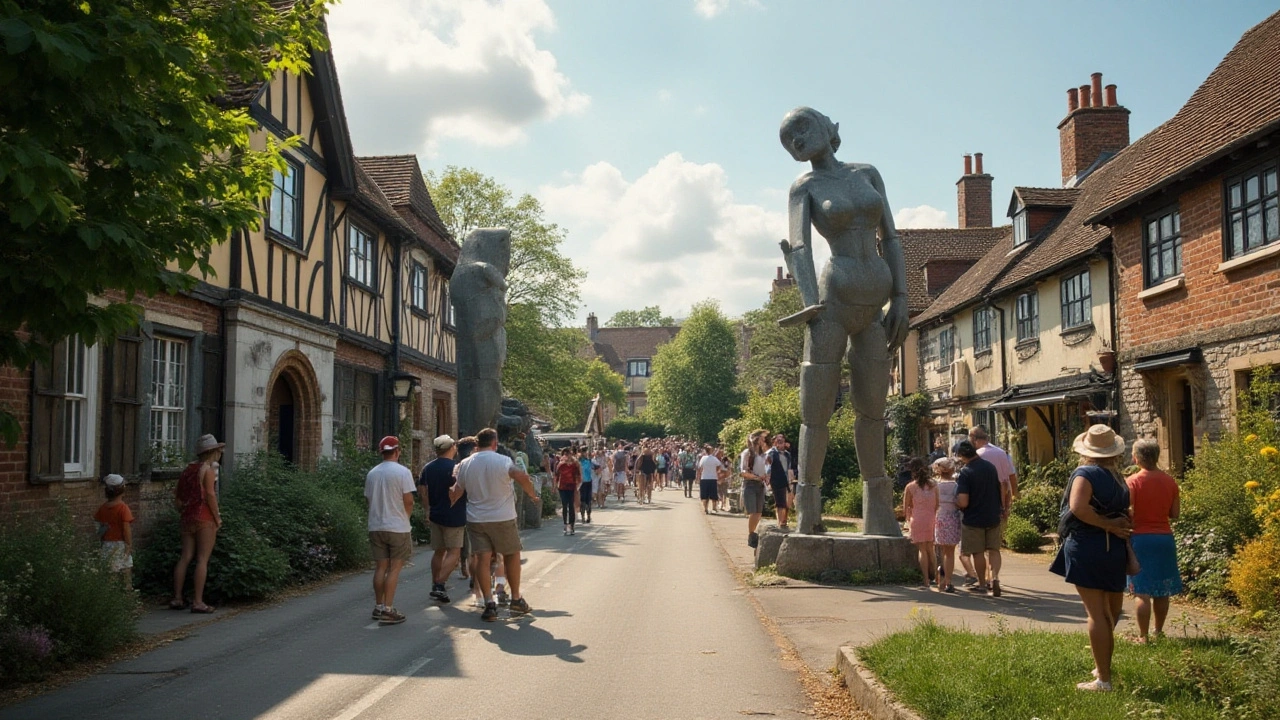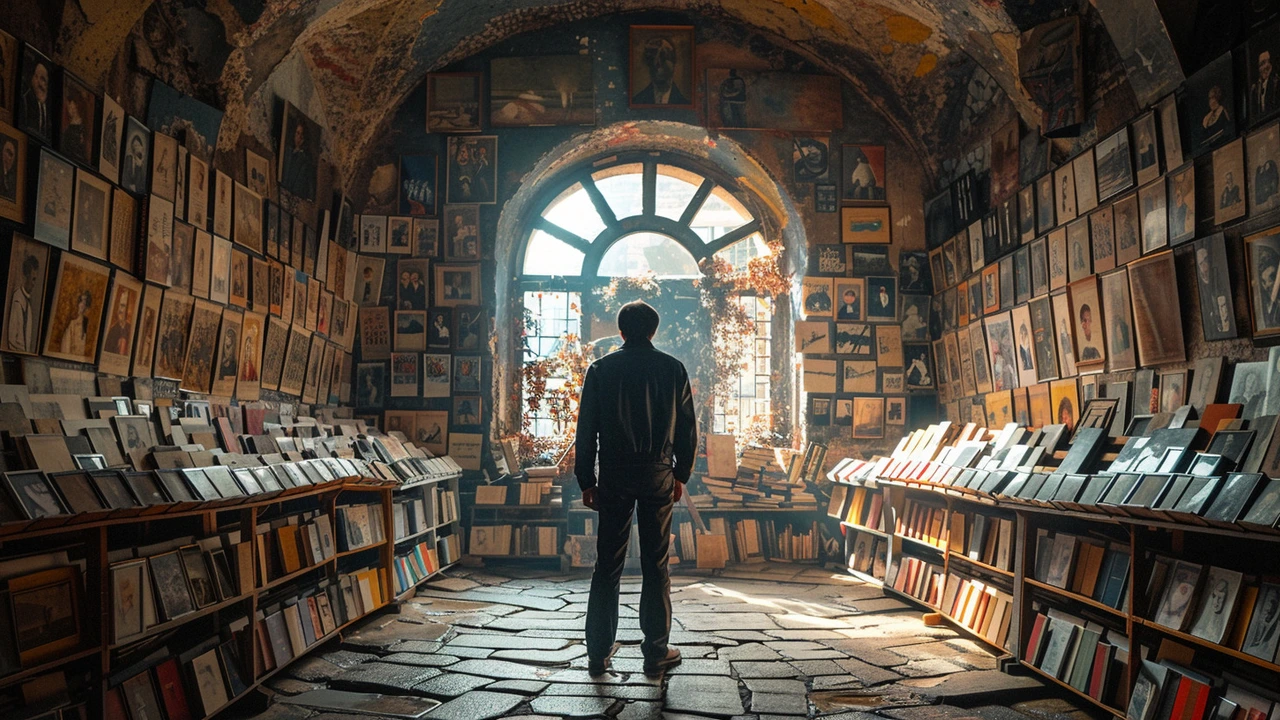Pablo Picasso: Why He Still Matters
Pablo Picasso shocks and teaches more than a century after he first broke rules. He reinvented how we see shape, color, and form, and his work keeps showing up in art, design, and culture every day. This page gathers practical angles on Picasso — what he changed, how he worked, and which articles on this site help you understand his world.
Picasso was restless. He moved between blue moods and playful cubist experiments, never settling on a single look. He co-created Cubism with Georges Braque, cutting objects into planes and showing many views at once. That move didn't just change painting; it rewired visual thinking for sculpture, photography, and graphic design.
Why should you care? Because Picasso shows how rules get useful only when you try breaking them. If you paint, design, or just enjoy looking at art, his methods teach concrete skills: simplify forms, rethink perspective, and use contrast to push emotion. You can spot Picasso's fingerprints in modern minimal logos, bold editorial layouts, and experimental theater sets.
Key Picasso ideas you can use
Try breaking an object into simple shapes first. Sketch a face as planes, not a smooth outline. Use color to set mood fast — think of Picasso's Blue Period for sadness, Rose Period for warmth. Mix materials: Picasso favored collage and found objects; you can glue printed photos, wood, or fabric into a quick study. Don’t chase perfection; he often left rough edges that let viewers finish the idea themselves.
Read this on Paul Artistry
This tag links articles that explain movements and artists tied to Picasso. Read "Cubism: The Art Movement That Shook Up Art" to see how the movement grew and who led it. Check "Primitivism in Art" for the cultural sources that influenced Picasso’s shapes. "Constructivism Art’s Influence" and pieces on Abstract Expressionism show how Picasso’s experiments echoed through later movements. For practical technique, our posts on composition and modern design—like "De Stijl's Impact on Graphic Design" and "Bauhaus Design"—reveal how Picasso's innovations fit into design rules you can apply today.
How to explore further: Start by copying a small Picasso study. Recreate a section of a cubist still life at life size, then change one element: a color, a pattern, or an added object. Notice how a small tweak can shift the whole picture. Visit local museums or online collections and filter by dates: see the Blue and Rose Periods first, then move to Cubism. Compare early sketches with finished works; Picasso's process is often visible in the drafts.
If you're teaching or curating, use his changes as lesson hooks. Show how one artist questioned perspective, and then ask students to photograph a scene and remake it as a cubist collage. For designers, treat Picasso as proof that breaking symmetry can create stronger composition.
Picasso's life and art are messy, surprising, and practical. The links below from Paul Artistry will guide you through history, technique, and lasting influence so you can see where his ideas still shape our visual world.


